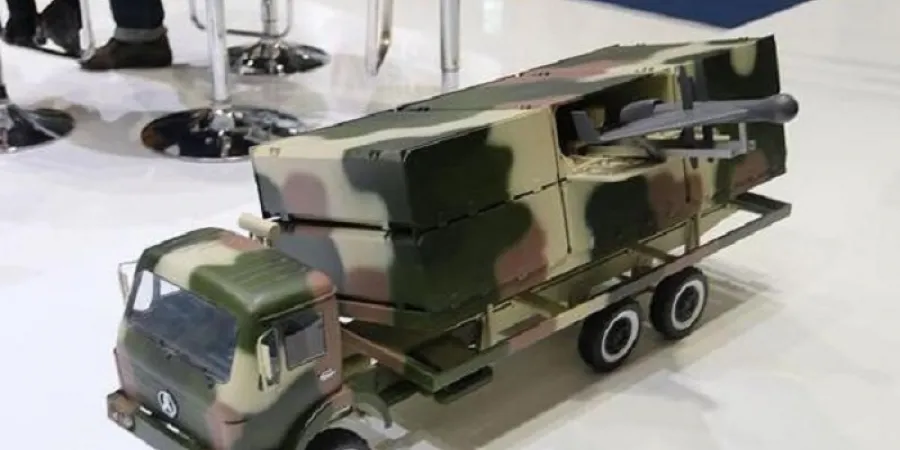China Unveils a Harpy-Type Loitering Munition
According to foreign publications, the State of Israel sold the Harpy "suicide drone" to China in the 1990s. Two decades later, the Chinese are showcasing their own 'Harpy,' which bears a striking resemblance to the Israeli product
Ami Rojkes Dombe
| 01/03/2017
A mock-up of China's ASN-301 anti-radiation loitering munition system was displayed for the first time at the International Defense Exhibition (IDEX) held in Abu Dhabi, reports jane's. The ASN-301 seems to be a near-copy of the Israel Aerospace Industries (IAI) Harpy system that was purchased by China in the 1990s, according to foreign sources.
The ASN-301 is a delta-wing aircraft with a pusher propeller that looks virtually identical to the Harpy. It is designed to fly into hostile airspace and loiter until it detects a radar, at which point it homes in on the target and destroys it.
The Chinese and Israeli versions are launched from a storage container. The model displayed at IDEX had six containers loaded onto a medium-sized truck. Similar truck carriers have been previously seen in images posted on Chinese websites.
China National Aero-Technology Import & Export Corporation (CATIC), the sales arm of the Aviation Industry Corporation of China (AVIC), released information describing the ASN-301 as a "mobile anti-radiation drone system" that "can be applied in long-range attack and suppress enemy radar systems in war."
It listed the ASN-301 as having the same 135 kg weight as the Harpy, although at 2.5 m it is slightly shorter than the Israeli version (2.7 m), and has an endurance of four hours. It has a higher top speed (220 km/h versus 180 km/h for the Harpy), but its range is shorter (288 km versus 500 km).
The CATIC information stated that the ASN-301 targets radar frequencies in the 2-16 GHz range and its radar homing device has a search range of 25 km. The system can target up to eight pre-set radar targets. Its 7,000-fragment warhead has a proximity laser fuse with a destructive range of 20 m.
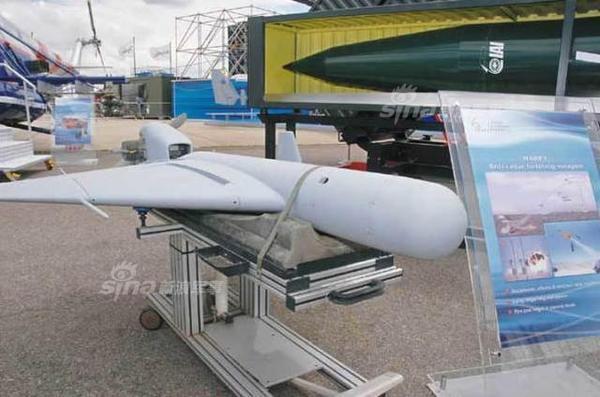
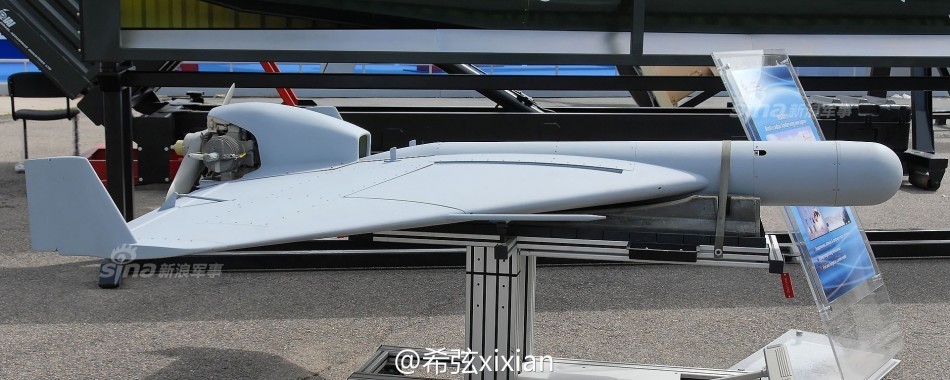
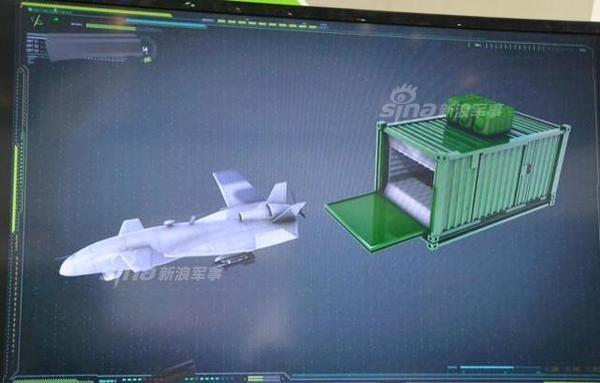
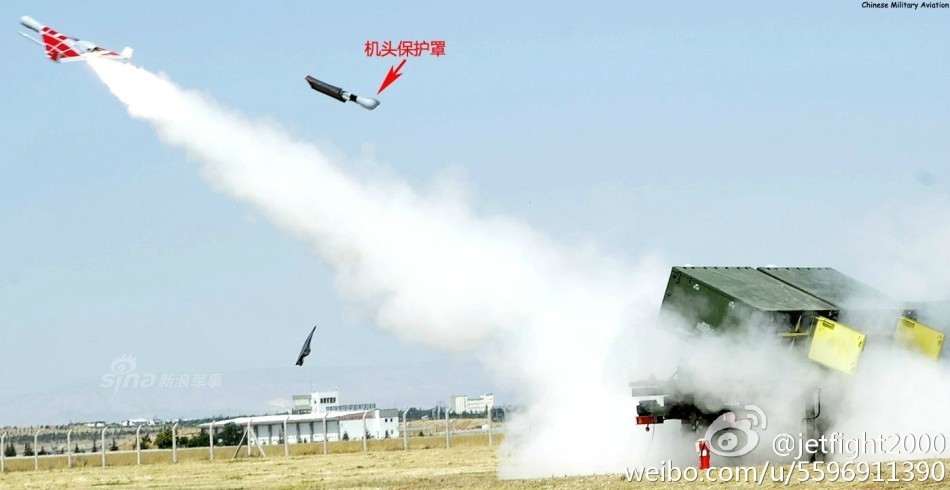
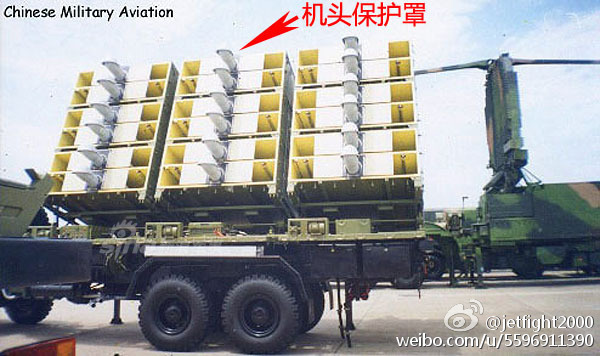
According to foreign publications, the State of Israel sold the Harpy "suicide drone" to China in the 1990s. Two decades later, the Chinese are showcasing their own 'Harpy,' which bears a striking resemblance to the Israeli product
A mock-up of China's ASN-301 anti-radiation loitering munition system was displayed for the first time at the International Defense Exhibition (IDEX) held in Abu Dhabi, reports jane's. The ASN-301 seems to be a near-copy of the Israel Aerospace Industries (IAI) Harpy system that was purchased by China in the 1990s, according to foreign sources.
The ASN-301 is a delta-wing aircraft with a pusher propeller that looks virtually identical to the Harpy. It is designed to fly into hostile airspace and loiter until it detects a radar, at which point it homes in on the target and destroys it.
The Chinese and Israeli versions are launched from a storage container. The model displayed at IDEX had six containers loaded onto a medium-sized truck. Similar truck carriers have been previously seen in images posted on Chinese websites.
China National Aero-Technology Import & Export Corporation (CATIC), the sales arm of the Aviation Industry Corporation of China (AVIC), released information describing the ASN-301 as a "mobile anti-radiation drone system" that "can be applied in long-range attack and suppress enemy radar systems in war."
It listed the ASN-301 as having the same 135 kg weight as the Harpy, although at 2.5 m it is slightly shorter than the Israeli version (2.7 m), and has an endurance of four hours. It has a higher top speed (220 km/h versus 180 km/h for the Harpy), but its range is shorter (288 km versus 500 km).
The CATIC information stated that the ASN-301 targets radar frequencies in the 2-16 GHz range and its radar homing device has a search range of 25 km. The system can target up to eight pre-set radar targets. Its 7,000-fragment warhead has a proximity laser fuse with a destructive range of 20 m.






